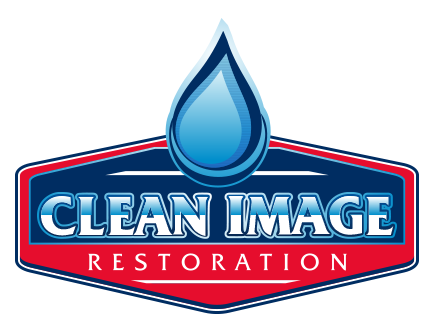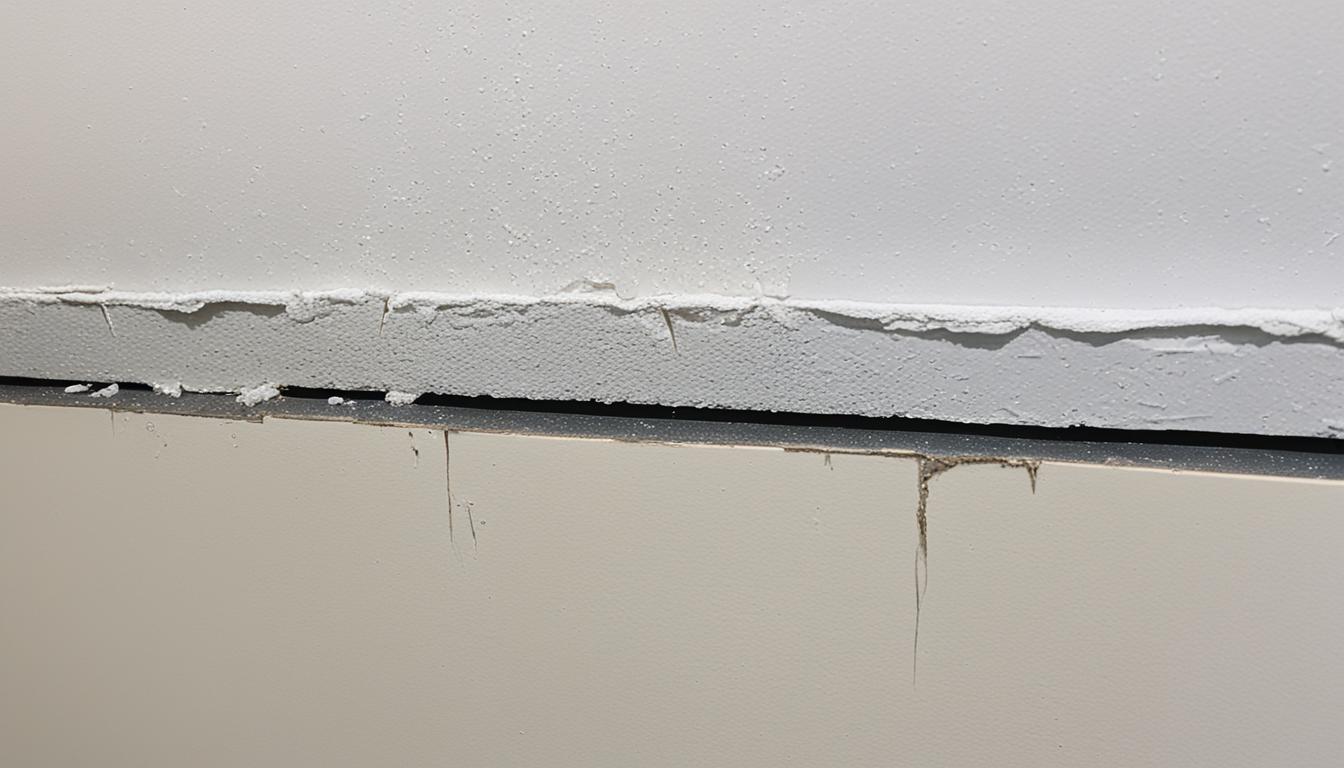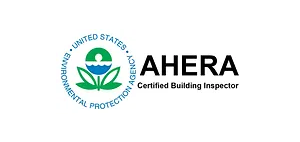Did you know that water damage is one of the most common forms of property damage in the United States? When water seeps into the walls and ceilings, it can wreak havoc on the drywall, compromising its integrity and creating a breeding ground for mold and mildew. The drying process after water damage is crucial to prevent further issues and restore the affected areas.
In this article, we will explore the timeline and factors that affect the drying time of water-damaged drywall. We’ll provide insights into what homeowners can do immediately after water damage occurs, how the drying process works, and the best ways to assess when the drywall is fully dry. Additionally, we’ll discuss the pros and cons of professional remediation versus DIY drying techniques, helping you make an informed decision on the best course of action for your water-damaged drywall.
Key Takeaways:
- Drywall is susceptible to water damage and requires prompt action to prevent further issues.
- The drying process for water-damaged drywall varies depending on factors such as the extent of damage and environmental conditions.
- Understanding the signs of fully dry drywall can help homeowners determine when it is safe to proceed with repairs or renovations.
- Professional remediation services can provide expertise and ensure thorough restoration, but DIY drying techniques can be cost-effective for minor damage.
Understanding Water Damage and Drywall Absorption
In this section, we will explore the impact of water damage on drywall and its absorption properties. Drywall, a common building material used for walls and ceilings, is made of gypsum board sandwiched between layers of paper. Despite its sturdy structure, drywall is a porous material, meaning it has small openings or gaps that allow for the movement of air and moisture.
When water damage occurs, drywall’s porous nature makes it susceptible to moisture absorption. Moisture can seep into the drywall through leaks, floods, or excessive humidity, causing it to become saturated. This absorption of water can result in several issues, including:
- Weakness: Excessive moisture weakens the structural integrity of drywall, making it prone to cracks and crumbling.
- Staining: Water stains can form on the surface of drywall, leaving unsightly blemishes and discoloration.
- Mold Growth: Moist conditions create an ideal environment for mold to thrive. Mold growth on water-damaged drywall can cause health issues and further damage to the material.
Understanding how water damage affects drywall is crucial for assessing the extent of the damage and determining the appropriate restoration process. By recognizing the absorption properties of drywall, homeowners and professionals can implement effective strategies to mitigate and repair water-damaged areas.
Immediate Steps to Take After Drywall Water Damage
When faced with drywall water damage, taking immediate action is crucial to mitigate further damage and ensure effective restoration. By following the right steps, homeowners can minimize the risk of mold growth and structural issues. Here are the essential steps to take after drywall water damage:
- Identify the source of water: The first step is to identify and address the source of water that is causing the damage. This could be a burst pipe, leaking appliance, or roof leak. By stopping the water flow, you can prevent additional damage.
- Turn off the water supply if necessary: If the water damage is caused by a plumbing issue, it is important to turn off the water supply to prevent further flooding and damage. Locate the main water shut-off valve in your home and turn it off.
- Remove wet materials: It is essential to remove any wet materials, such as furniture, rugs, or personal belongings, from the affected area. This will help prevent further water absorption and damage.
- Ensure proper ventilation: Promote air circulation in the area by opening windows and using fans or dehumidifiers. This will help dry out the wet surfaces and reduce moisture levels.
- Contact professional restoration services: Depending on the extent of the damage, it may be necessary to seek professional help. Professional restoration companies have the expertise and equipment to assess and mitigate water damage effectively. They can help with drying, mold remediation, and restoring the affected drywall.
By following these immediate steps, homeowners can minimize further damage and ensure a successful restoration process for drywall water damage. Remember that seeking professional help is crucial for more extensive or severe cases of water damage.
The Drying Process Explained
When it comes to drying water-damaged drywall, understanding the process is essential for effective restoration. The drying process involves several key steps, including creating proper air circulation, utilizing dehumidifiers, and implementing moisture removal techniques.
The first step in the drying process is to promote air circulation in the affected area. This can be achieved by opening windows and doors, using fans to facilitate airflow, and positioning portable air movers strategically. Proper air circulation helps to expedite the drying process by allowing moisture to evaporate from the drywall.
In addition to air circulation, dehumidifiers play a crucial role in removing excess moisture from the air. Dehumidifiers work by extracting moisture from the environment, reducing the overall humidity levels. By controlling humidity, dehumidifiers help to prevent further damage and inhibit the growth of mold and mildew.
Moisture removal techniques, such as using absorbent materials and applying heat, are also employed to expedite the drying process. Absorbent materials, such as towels or moisture-absorbing agents, can be placed against wet drywall to draw out excess moisture. Applying heat, either through natural sunlight or artificial sources, aids in the evaporation of moisture, further enhancing the drying process.
The time frame for the drying process can vary depending on several factors, including the extent of the water damage and the environmental conditions. Larger areas with extensive water damage may require more time to dry. Factors such as temperature, humidity levels, and airflow in the affected space can also impact the overall drying time frame.
It is crucial to ensure that the drywall is completely dry before moving on to repairs or renovations. This helps to prevent long-term issues such as mold growth and structural damage. Professional restoration services may utilize moisture meters and other specialized equipment to accurately determine when the drywall has reached an acceptable moisture content level.
By understanding and implementing proper drying techniques, homeowners can effectively restore water-damaged drywall and minimize potential long-term damage. However, in cases of extensive water damage or if you are unsure about the drying process, it is recommended to seek professional help to ensure thorough restoration.
Factors That Affect Drywall Drying Times
When it comes to drying water-damaged drywall, several factors play a crucial role in determining the drying times. Understanding these factors is essential for homeowners looking to facilitate the drying process effectively.
- Temperature: The temperature of the drying environment can significantly impact the drying times of drywall. Warmer temperatures can accelerate the evaporation of moisture, expediting the drying process.
- Humidity Levels: Humidity refers to the amount of moisture present in the air. High humidity levels can impede the drying process by slowing down evaporation. Utilizing dehumidifiers can help lower the humidity levels and expedite drying.
- Airflow: Adequate airflow promotes evaporation and helps remove moisture from the drywall. Opening windows, using fans, and ensuring proper ventilation can enhance airflow and speed up drying times.
- Insulation: The presence of insulation in the walls can affect the drying times of drywall. Insulation can trap moisture and hinder the evaporation process. It is important to consider the insulation’s moisture content and take appropriate measures to facilitate drying.
By considering these factors, homeowners can gauge the expected drying duration and adjust their drying techniques accordingly. Creating an optimal drying environment by controlling temperature, humidity, airflow, and insulation can help expedite the process and ensure thorough drying of water-damaged drywall.
How to Assess When Drywall is Fully Dry
Before proceeding with repairs or renovations on water-damaged drywall, it is crucial to assess whether the drywall has reached an acceptable moisture content level. This assessment is essential to ensure that the drywall is fully dry and prevent further issues such as mold growth or structural damage.
To determine if the drywall is fully dry, there are several methods that you can utilize:
- Visual Inspection: Conduct a thorough visual examination of the drywall surface. Look for any signs of moisture or discoloration. Fully dry drywall typically appears uniform in color and texture.
- Moisture Meters: Moisture meters provide accurate and quantitative measurements of the moisture content within the drywall. These handy devices can help you assess the drywall’s moisture levels and determine its drying progress.
- Professional Equipment: Professional restoration companies often employ advanced equipment, such as thermal imaging cameras or moisture mapping tools, to assess the moisture content of drywall. These tools can provide precise readings and help identify any hidden moisture pockets.
It is important to note that the specific drywall moisture content threshold for considering it fully dry may vary depending on the specific circumstances and recommendations from professionals. Consulting with a professional restoration company can provide you with expert guidance on assessing drywall moisture levels and ensuring a thorough drying process.
Professional Remediation vs. DIY Drying Techniques
When faced with water-damaged drywall, homeowners often find themselves having to decide between hiring professional remediation services or attempting DIY drying techniques. Both approaches have their benefits and drawbacks, and it’s important to carefully consider factors such as expertise, cost, and effectiveness before making a decision.
Professional Remediation:
Hiring restoration companies that specialize in water damage remediation can provide several advantages. These professionals have the knowledge, experience, and equipment necessary to handle the drying process effectively, ensuring thorough moisture removal and minimizing the risk of further damage or mold growth. Restoration companies have access to advanced drying techniques and specialized tools, enabling them to expedite the drying process and restore the drywall to its pre-damage condition.
DIY Drying Techniques:
For homeowners who prefer a hands-on approach or are looking to save on restoration costs, attempting DIY drying techniques is a viable option. DIY methods involve using common tools such as fans, dehumidifiers, and heaters to promote air circulation and speed up the drying process. While this approach can be cost-effective, it’s important to note that it requires a certain level of knowledge and skill to ensure effective moisture removal. Without proper expertise, the DIY drying process may not be as efficient, potentially leading to prolonged drying times or inadequate moisture removal, which can result in mold growth or further damage.
It’s crucial to weigh the advantages and disadvantages of each approach based on the specific circumstances of the water damage. Factors such as the extent of the damage, availability of equipment, personal skill level, and time constraints should all be taken into consideration. Moreover, if the water damage is extensive, it’s usually recommended to seek professional remediation services to ensure the best possible outcome.
Conclusion
In conclusion, when faced with water damage to drywall, taking prompt action is crucial. By understanding the drying process and considering relevant factors, homeowners can ensure effective restoration within a reasonable time frame. However, it is important to recognize the limitations and complexities of the drying process, which may necessitate professional help.
Restoring water-damaged drywall requires expertise and specialized equipment that professional restoration companies possess. Their knowledge and experience allow for a thorough assessment of moisture content and the implementation of effective drying techniques. Additionally, professional help can expedite the restoration process, minimizing the risk of further damage and mold growth.
While some minor water damage incidents can be addressed with DIY drying techniques, it is essential to carefully evaluate the situation. DIY methods may be cost-effective, but they may not always provide the same level of effectiveness and efficiency as professional remediation. When in doubt, consulting with a professional restoration company is the best course of action to ensure the proper restoration of water-damaged drywall.






